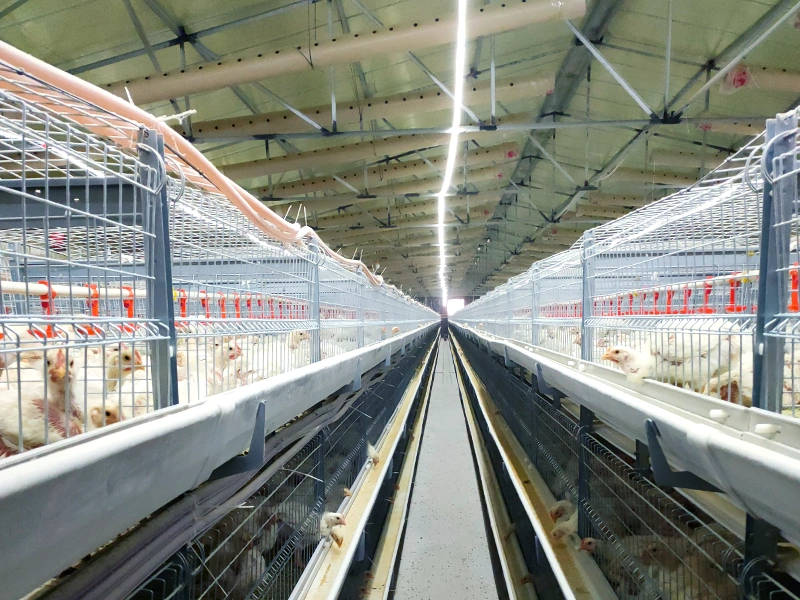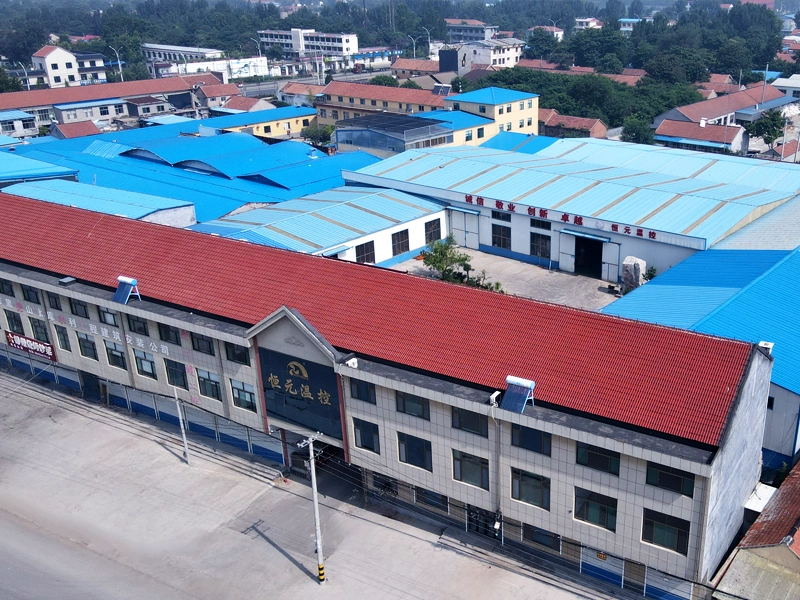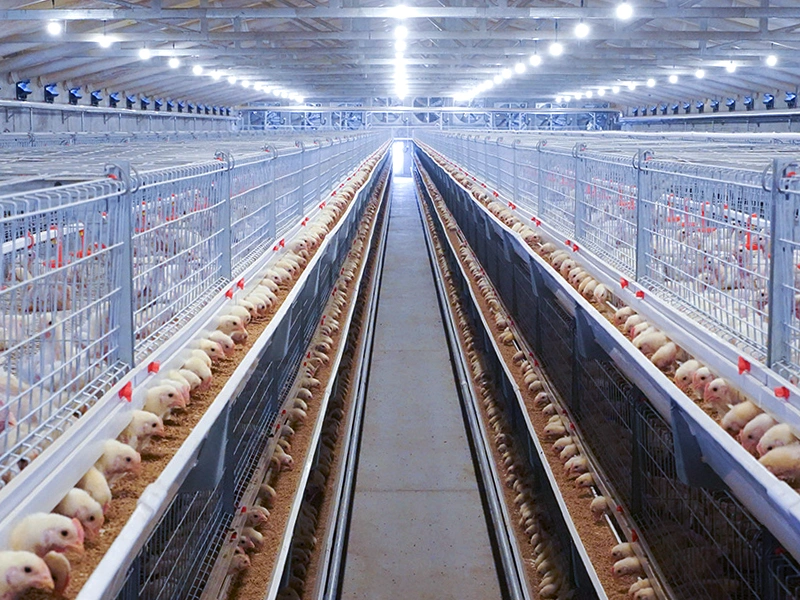Common problems and solutions for wet curtain maintenance
Release time:
2025-04-24
The selection of canned goods should be from the surface to the inside, looking at the can, the date, and then opening the can to inspect the contents. Any can with a recent production date, distinct trademark, slightly concave bottom cover, clean and glossy appearance of the can box, no rust spots, complete soldering, tight sealing, no damage, no deformation, and no swelling is considered a normal can. For glass canned goods, it is better to have the lid concave inward, the color of the food inside the can is normal, the block shape is intact, the soup is clear, there is no sediment at the bottom of the can, and the canning meets the standards. After the above identification, if there are still doubts or it is necessary to accurately determine the quality, the can should be opened to smell the smell of the contents and check its appearance and color. After pouring out the food in the can, carefully observe whether the inner wall of the can box has turned black, corroded, or the coating layer has peeled off. Those without rust spots, black spots, or color changes are preferred.
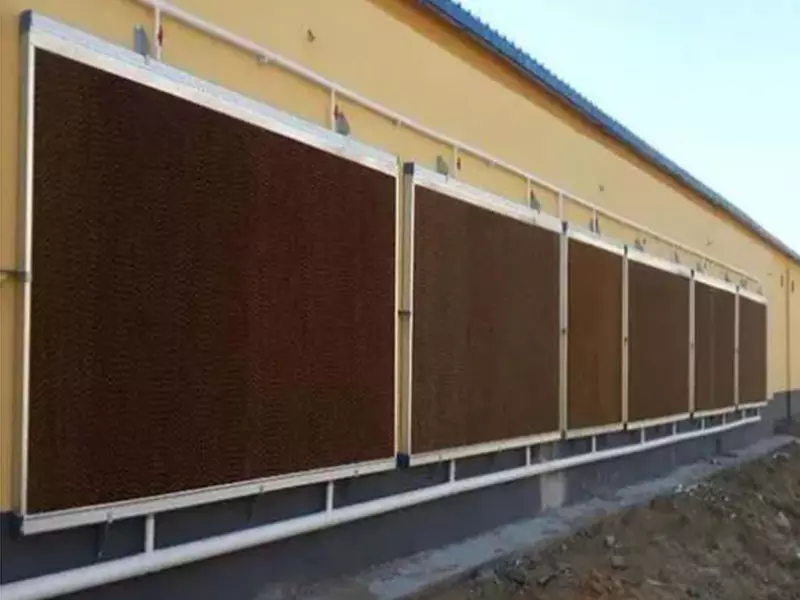
Taking tinplate cans as an example, the simplest and most feasible method of identification is to observe the appearance of the can: first, check whether the can is rusted, whether the label is contaminated, and then check whether the bottom cover of the can is flat, slightly concave inward, without bulging or swelling, which is normal. If there are still doubts, you can gently tap the can lid and listen to its sound. The normal sound of canned food is crisp and solid. If there is a splashing sound, it may be due to air leakage. Do not purchase such canned food.
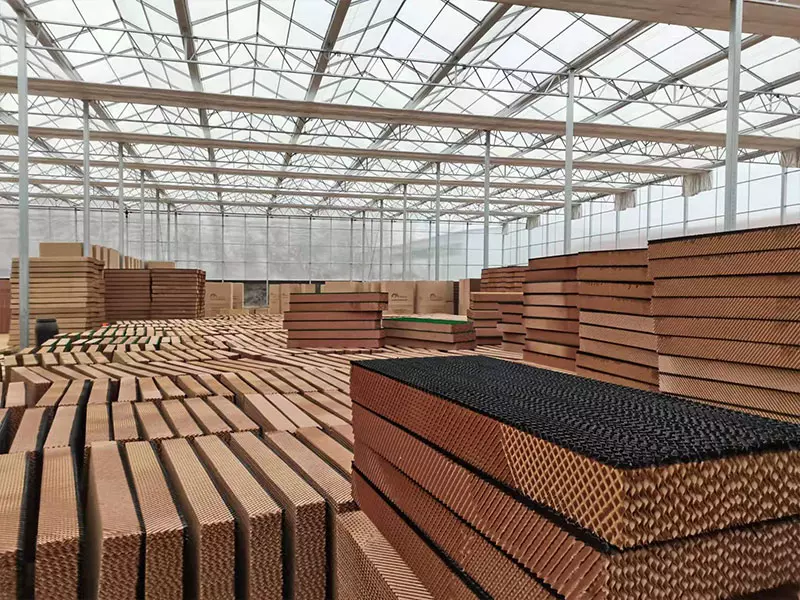
When purchasing canned glass bottles, in addition to following the above methods, it is also necessary to observe the anti-theft lid. Nowadays, most factories use anti-theft caps. Normally, the center of the can cap is concave. If the can has been opened or leaked, the center of the cap will protrude outward and cannot be restored, making it easier for consumers to identify.
recommend Content
2025-04-24
Share

